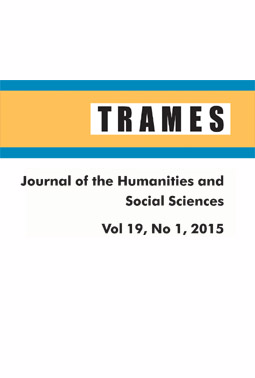EMIC CONCEPTUALIZATION OF A ‘WILD EDIBLE PLANT’ IN ESTONIA IN THE SECOND HALF OF THE 20TH CENTURY
EMIC CONCEPTUALIZATION OF A ‘WILD EDIBLE PLANT’ IN ESTONIA IN THE SECOND HALF OF THE 20TH CENTURY
Author(s): Raivo Kalle, Renata SõukandSubject(s): Anthropology
Published by: Teaduste Akadeemia Kirjastus
Keywords: wild edible plants, ecosemiotics, conceptualization, historical ethnobotany, Estonia
Summary/Abstract: Understanding the emic concept of wild edible plants in specific cultural settings is important to map local perceptions on nature. As there is no specific word to describe the concept of a wild edible plant in Estonian, we asked to list plants belonging to a category described by two partly overlapping phrases: looduslik taim (natural plant) and metsikult kasvav taim (plant that grows wild). Answers of 85 lay respondents were analysed quantitatively based on the nomenclature of the plants listed and qualitatively based on the question requiring narrative responce. While in the Estonian realm of the second half of the 20th century there was no need for conceptualization of wild (edible) plants and the notion did not exist, people describe them through the ability to grow itself, opposing to cultivation, places of growing, and higher level of abstraction. Prototypes of wild edible plants were Oxalis acetosella, Rumex acetosa, Fragaria vesca and Vaccinium myrtillus.
Journal: TRAMES
- Issue Year: XIX/2015
- Issue No: 1
- Page Range: 15–34
- Page Count: 20
- Language: English

